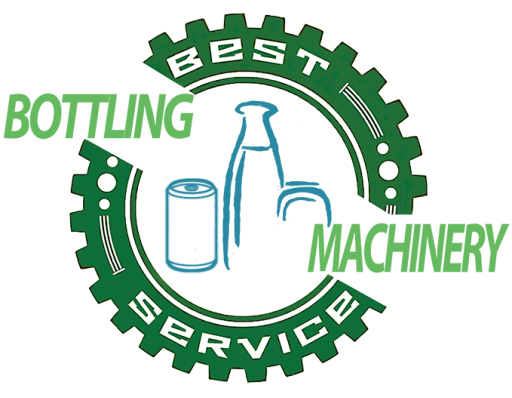water bottling machines PET plastic glass
# water bottling machines: PET, Plastic, and Glass Solutions
Water bottling machines play a crucial role in the beverage industry, ensuring that products are efficiently packaged for consumer use. Our company specializes in exporting high-quality machinery designed for various applications, including PET bottles, plastic containers, and glass packaging. This article explores the principles, structures, and purposes of these essential machines.
Understanding the Principles of Water Bottling Machines
Water bottling machines operate on a series of well-coordinated processes to ensure efficient and hygienic filling. The core principle revolves around the automatic handling of the entire bottling process, from bottle production to filling, capping, and labeling. The integration of advanced technology allows for precise control over each step, resulting in minimal waste and maximum productivity.

The machines typically employ a combination of blow molding and filling techniques. For instance, the bottle blow molding machine creates PET bottles from preforms, which are then transported to the filling station. Here, water treatment systems ensure that the water is purified and safe for consumption before it is filled into the bottles. This seamless integration guarantees a consistent quality of the final product.
Automation is another vital aspect of modern water bottling machines. Utilizing sensors, conveyor belts, and robotic arms, these machines can operate with minimal human intervention. This not only increases efficiency but also reduces the risk of contamination, making them ideal for high-volume production environments.
Structure and Components of Water Bottling Machines
For more product details, please click: https://fillingbottling.com/product-category/product/
The structure of water bottling machines is designed for durability and efficiency. A typical system includes several key components: the bottle unscrambler, filling machine, capping machine, and labeling machine. Each component plays a specific role in the overall bottling process, contributing to the machine’s effectiveness.
The bottle unscrambler is responsible for organizing and positioning the bottles for filling. It ensures that bottles are correctly aligned and free of defects, which is crucial for maintaining production speed. Following this, the filling machine dispenses precise amounts of water into each bottle, utilizing advanced filling techniques to minimize spills and maximize accuracy.
Capping machines follow the filling process, securely sealing each bottle to prevent leaks and contamination. This is particularly important for products like juice, carbonated drinks, and other beverages where freshness is key. Finally, the labeling machine applies branding and product information, enhancing marketability while ensuring compliance with regulations.
Applications and Benefits of Our Water Bottling Machines
Our water bottling machines are versatile and can be tailored to meet various industry needs. They are suitable for bottling not only water but also juices, carbonated drinks, yogurt, and more. The adaptability of our systems makes them a valuable asset for businesses looking to expand their product offerings or improve existing operations.
One of the primary benefits of using our state-of-the-art bottling machines is the significant increase in production efficiency. With high-speed capabilities and automated processes, companies can meet growing consumer demands without compromising on quality. Additionally, our robust water treatment systems ensure that the bottled products adhere to health and safety standards, boosting consumer confidence.
Investing in our water bottling machines means investing in reliability and innovation. Designed with the latest technology, our machinery promises longevity and low maintenance costs, ultimately leading to higher profit margins for your business. Contact us today to learn more about how our water bottling solutions can elevate your production line and attract more customers.









